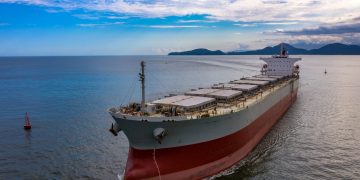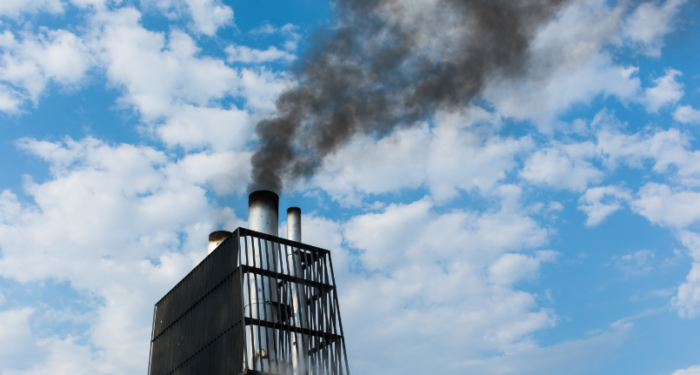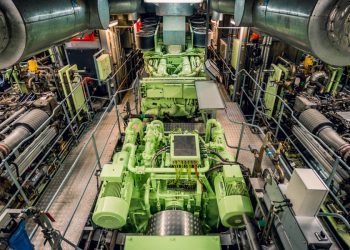According to Alphaliner, the amount of 16% of the global containership fleet by vessel count and 35.7% concerning capacity are already equipped with scrubbers as at end-May, in light of the approaching IMO sulphur cap regulations.
Specifically, scrubbers have been installed on and ordered for 844 containerships, with a capacity of 8.09m teu, breaking down to 590 ships to be retrofitted, 181 newbuildings, and 73 delivered and existing ships.
Alphaliner supports that due to significant uncertainties over the price premium for low sulphur fuel and with the cost of installing scrubbers falling to $3m to $5m per unit compared to $5m to $8m a year ago, the scrubber option has become more attractive for owners.
Among shipowners’ and carriers’ efforts to meet the upcoming IMO 2020 emission standards, scrubbers thus quickly emerged as the preferred alternative to LSFO or MDO bunker
… Alphaliner noted.
Some carriers were skeptic concerning scrubber installations, but changed their minds.
For instance, Japan’s ONE announced that it will have 10 scrubbers installed by 2020, while the Mediterranean Shipping Company (MSC) will have the most extensive scrubber program with over 200 ships expected to be installed. Maersk will install scrubbers on around 10% of its total fleet. CMA CGM has committed to about 80 scrubber units and this number is expected to surpass 100 by 2021.
[smlsubform prepend=”GET THE SAFETY4SEA IN YOUR INBOX!” showname=false emailtxt=”” emailholder=”Enter your email address” showsubmit=true submittxt=”Submit” jsthanks=false thankyou=”Thank you for subscribing to our mailing list”]
Additionally, COSCO has conducted a trial on two panama vessels and has a small number of retrofit projects planned.
The relatively high cost of adopting LNG, investments of some $25m to $30m per ship, and the yet unproven gas supply infrastructure remain a deterrent for most owners, Alphaliner noted.

































































